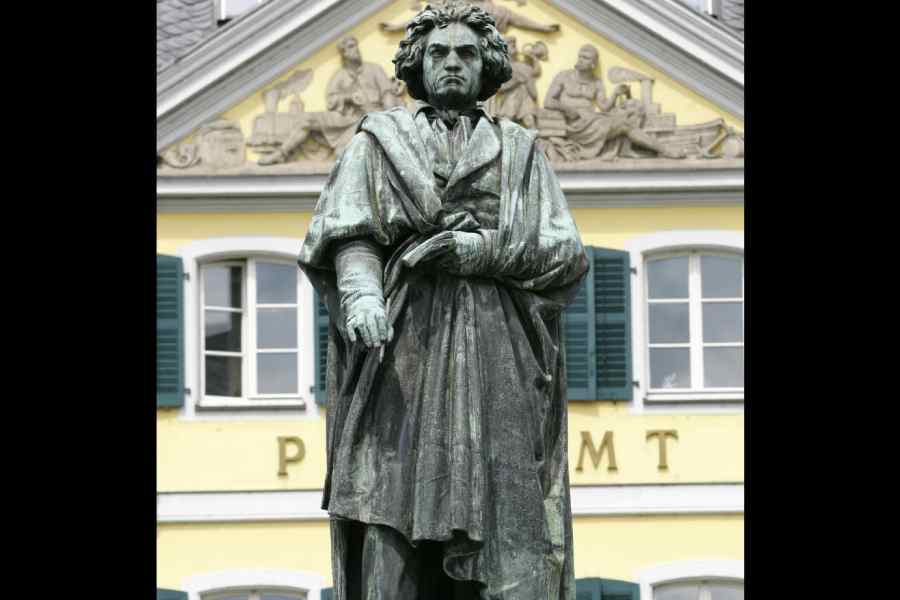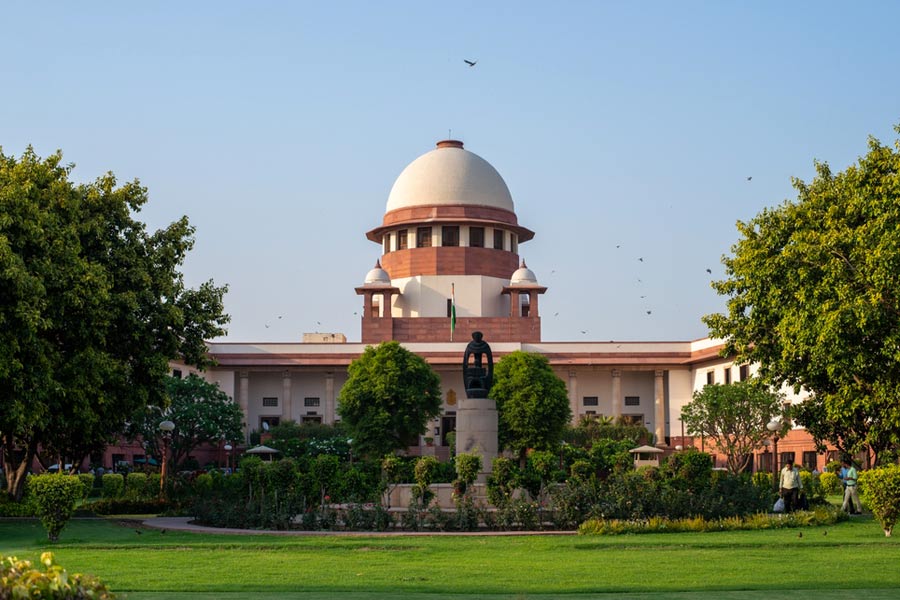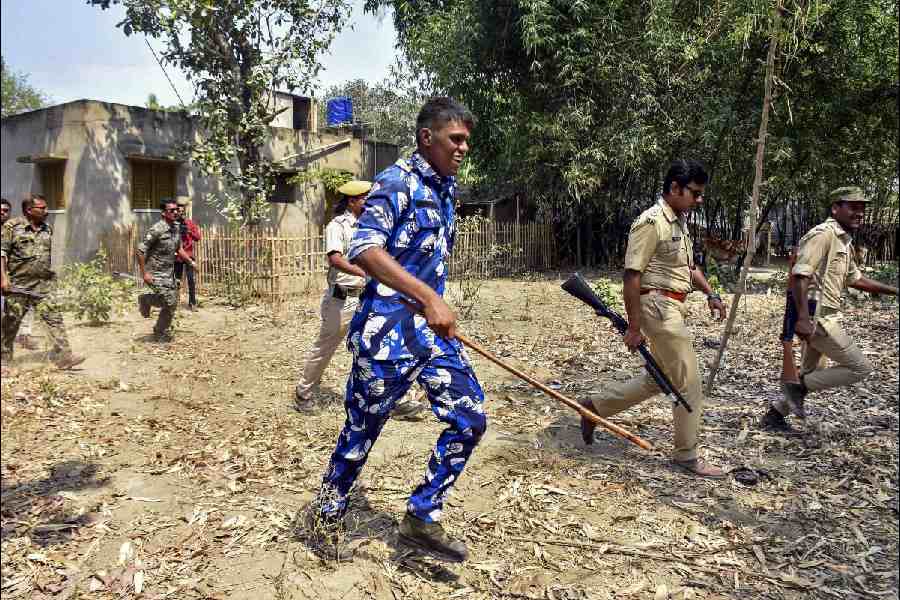Subhas Chandra Bose visited Germany and Austria several times — first in 1933-1934 for medical treatment, then in 1936-1937, and, for a longer periodin his political mission, from 1941–1943 during World War II. He met Emilie Schenkl during his first visit to Vienna in 1934. Bose was workingon his book, The Indian Struggle, while Emilie worked as his secretary. They got married in 1937 but kept it a secret as it was unadvisable for either of them to marry a ‘foreigner’. Most of their life comprised a long-distance relationship with only a brief spell of togetherness in Berlin from 1941-1943, when Emilie joined him to workin the Free India Centre. Their daughter was born in November 1942 and named Anita after the wife of Garibaldi. Bose last saw his daughter around Christmas 1942 and the couple would see each other for the last time in Berlin in February 1943. Emilie would go on to raise her child as a single mother, intensely private as a person but with a deep sense of commitment to the memory of a charismatic leader and visionary from faraway India, who was also the love of her life.
In Netaji: Subhas Chandra Bose’s Life, Politics & Struggle, Krishna Bose writes of the hardships faced by this remarkable Austrian woman born into a middle-class family in Vienna in 1910: “The worst moment was when, sitting in her kitchen one evening in August 1945, she suddenly heard on the radio that the ‘Indian Quisling’ Subhas Bose had been killed in an air crash in Formosa (as Taiwan was known then). Her mother and sister looked at her in shock. Emilie got up slowly and went to the bedroom where Anita, not yet three, was peacefully sleeping. She kneeled by the bed. ‘And I wept,’ she told me and Sisir.” Emilie would develop a close friendship with Netaji’s nephew, Sisir Kumar Bose, whom she met in Vienna in the late 1940s and would also nurture an affectionate relationship with Krishna Bose, the wife of Sisir Kumar Bose. Their cross-continental friendship would span over nearly four decades, from 1959 until Emilie’s death in 1996.
In her 2016 book, Emilie and Subhas: A True Love Story, Krishna Bose writes, “The bundle of letters carefully tied with a ribbon and treasured by her more than her life could now be shared with the world.” Letters to Emilie Schenkl was first published in 1994 as part of Volume 7 of Netaji’s Collected Works and it also marked the 60th anniversary of the first meeting between Subhas and Emilie. In his first letter from Rome on November 30, 1934, Bose wrote, “I am always a bad correspondent but not a bad man I hope.” However, despite such claims, the “bad correspondent” wrote letters with great frequency to Emilie while in prison, hospital, home interned or even in the midst of hectic political tours. Emilie also wrote diligently but only 18 of her letters have survived. All of these letters were published in the 1994 edition.
The 2023 edition comprises two more letters from Bose. The first one is an undated, three-page, handwritten letter written as he prepared to leave for India after three years of European exile. Another letter of historical relevance has been added to the new edition. It was written at dawn on February 9, 1943, just before Netaji embarked upon his epic submarine voyage from Europe to Asia and was hand delivered by A.C.N. Nambiar to her. The collection also consists of a letter written by Bose to his elder brother, Sarat Chandra Bose, a day before — on February 8, 1943 — from Berlin, asking him to offer his wife and daughter the same love that he himself had received from Sarat Bose and his wife.
The transformative nature of the epistolary form of exchange provides an opportunity to understand issues of public and private discourse, the authority of signature, and the question of location. Letters formulate an encoded desire for reply as they almost always play on ideas of absence and presence, foregrounding the writer’s agency and authority and, in Netaji’s case, his enduring legacy. In the now well-known love letter of March 1936, Netaji writes: “For the moment, I have forgotten all these differences that separate our countries. I have loved the woman in you — the soul in you. You are the first woman I have loved. God grant that you may also be the last. Adieu, my dearest!” As incomplete units of narrative information, letters function as a crucial genre for understanding possible connections and collaborations. Given the pivotal role played by letters in the shaping of the social, economic and political history of a nation, letter-writing has the potential to open up new avenues of historical investigation.










